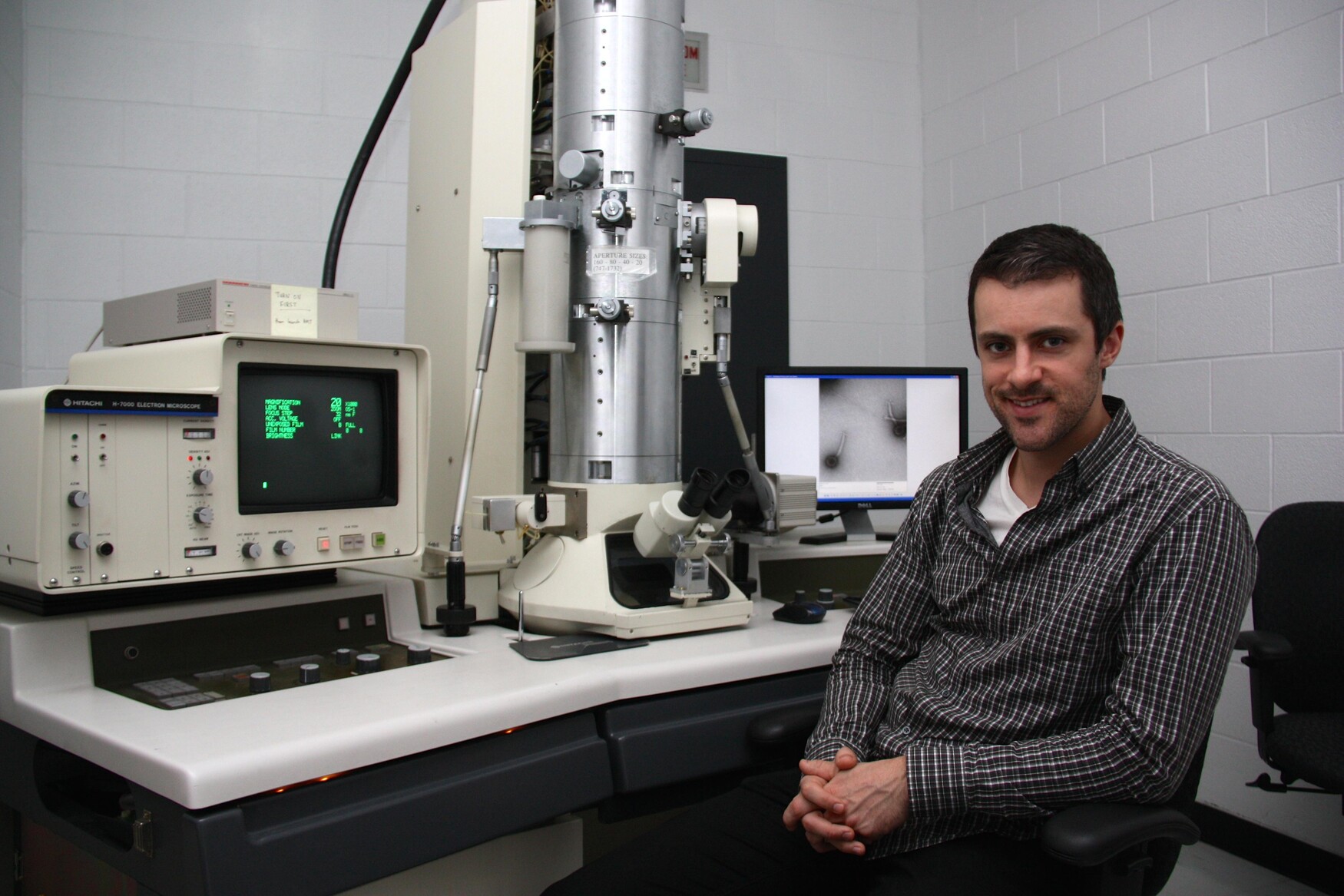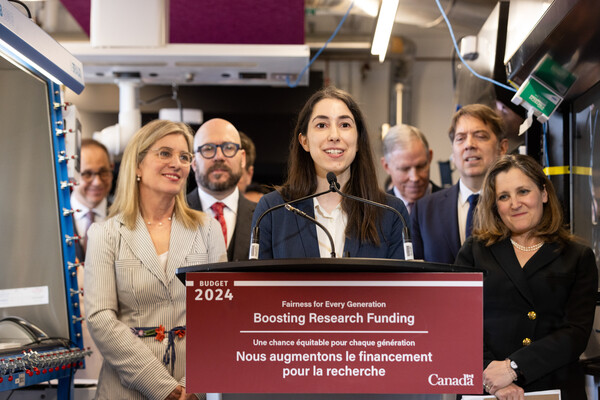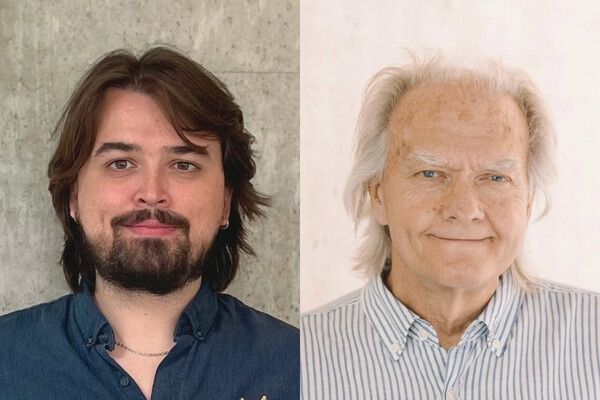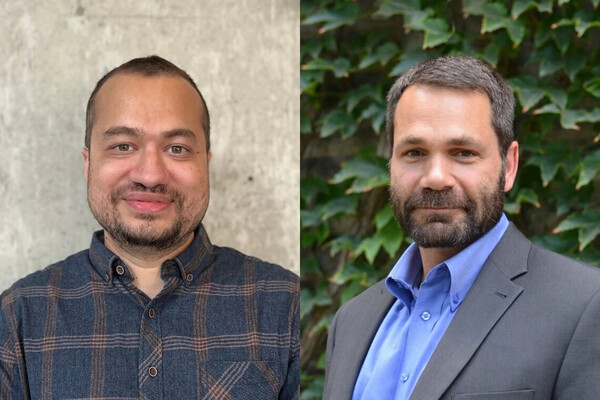Mobile Menu
- Education
- Research
-
Students
- High School Outreach
- Undergraduate & Beyond: Community of Support
- Current Students
- Faculty & Staff
- Alumni
- News & Events
- Giving
- About

It’s been a good year for Joe Bondy-Denomy at the University of Toronto. He got married at Hart House, co-authored three science papers and finished his doctorate. Now, the Department of Molecular Genetics student has more good news: he’ll soon be a Sandler Fellow at the University of California, San Francisco.
The fellowship is one of the most sought-after postdoctoral positions in the world. Recipients get five years of funding to set up their own labs and research programs. They can hire lab members and apply for external funding — essentially, they become principal investigators.
Only a handful of schools in the U.S. have similar programs, such the Whitehead Institute at MIT, Princeton University and Cold Spring Harbor Laboratory. The program at UCSF was one of the first of its kind and spaces are very rare: the school interviewed five candidates this year and chose only one.
“It’s just a huge honour to receive one of these fellowships,” said Bondy-Denomy, who is a student in the lab of Molecular Genetics Professor Alan Davidson. “And it’s an incredible opportunity to focus on and pursue an independent line of research. I’m really grateful.”
Bondy-Denomy studies a bacterial immune system called CRISPR-Cas. In 2012, Bondy-Denomy and his colleagues at the Geisel School of Medicine at Dartmouth College discovered that the CRISPR-Cas system in the bacteria Pseudomonas aeruginosa — which scientists thought was either dead or dysfunctional — was in fact working. P. aeruginosa is often resistant to antibiotics and can be fatal, and it’s one of the most common causes of hospital-acquired infections.
The next year Bondy-Denomy identified five different genes that inhibit the CRISPR-Cas system. He found these anti-CRISPR genes in phages, which are viruses that infect bacteria. Bacteria constantly evolve new ways to protect against viral invasion, which in turn spurs the rise of new viruses; many liken this process to a “molecular arms race.” As well, the lab found evidence that anti-CRISPR genes may be a widespread method by which many viruses overcome CRISPR-Cas systems in many other bacteria.
The journal Nature published these findings.
“Joe is extremely enthusiastic about his work, and he’s very talented technically,” said Davidson, who is also a Professor in the Department of Biochemistry. “He designs experiments with good controls and doesn’t waste time on experiments that aren’t well thought-out. Those qualities have served him well.”
For the Nature study, Bondy-Denomy isolated about 100 phages from clinical and environmental samples and tested their ability to infect P. aeruginosa. Some phages were destroyed by the bacteria’s CRISPR-Cas immune system, but others evaded it. Bondy-Denomy then determined the DNA sequences of phages from both groups and identified the genes that allowed some phages to slip past the CRISPR-Cas system.
“The anti-CRISPR genes we found are different from one another and make different proteins, but in a remarkable feat of evolution, they all disrupt the CRISPR-Cas system,” Bondy-Denomy said.
Bondy-Denomy and his colleagues have now figured out how three of the anti-CRISPR genes work biochemically and have submitted those results for publication. A thorough understanding of anti-CRISPR function could provide scientists with a better basis for phage therapy — using phages to kill pathogens — or lead to drugs that inactivate CRISPR-Cas systems in deadly pathogens, thereby letting other phages kill them naturally. These may be promising solutions for the growing problem of antibiotic resistance.
At UCSF, Bondy-Denomy will continue to study CRISPR-Cas systems. He’ll look for more phages that disable them and try to figure out how they work. He hopes to determine if these immune systems do more than ward off phage attacks — for example, whether they enable bacteria to survive in the human body and cause disease. This work could shed light on bacterial evolution and suggest new strategies for killing antibiotic-resistant organisms.
The UCSF Sandler Fellowship is a brilliant opportunity, but not without risks. Fellows don’t get to watch a principal investigator run a lab, as they would in a more conventional postdoctoral position. And they have many more responsibilities. “It’s kind of a sink or swim environment,” said Bondy-Denomy. “But there is support and they invested in my success. This is my chance.”
Photo: Joe Bondy-Denomy with an electron microscope in U of T's Medical Sciences Building (Photo by Jim Oldfield)


